Adobo: The Heart of Filipino Cuisine
Adobo is more than just a dish in the Philippines—it's a cultural symbol cherished by families across generations. With its simple ingredients and complex flavors, adobo tells the story of Filipino ingenuity and tradition.
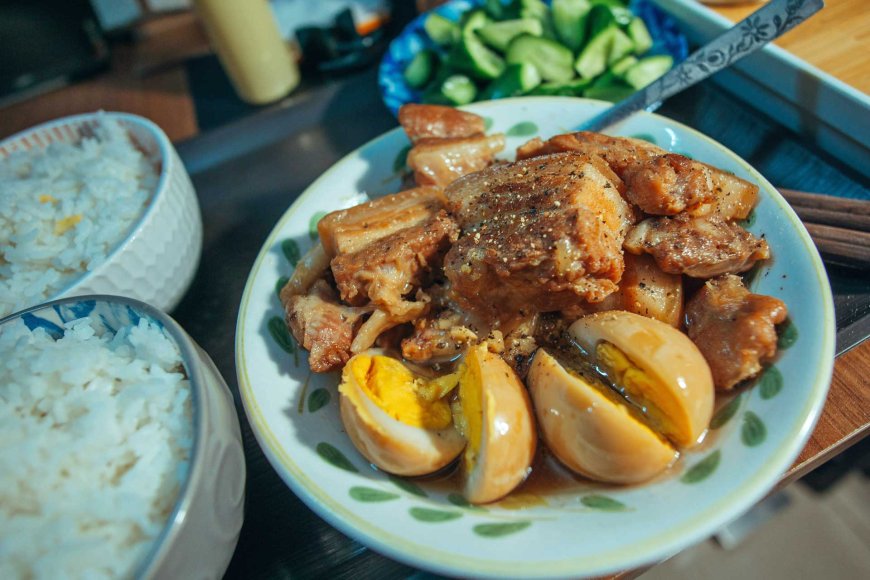
The Flavors and History Behind the Philippines' Beloved Dish
The dish adobo holds a special place in the hearts and homes of Filipinos. It is more than just a meal—it’s a cultural symbol, a culinary delight with rich flavors, and a tradition that binds families and communities together. From humble beginnings as a method of preserving food to becoming a signature dish, adobo has evolved into one of the most famous dishes representing the Philippines worldwide.

Origins of Adobo: A Pre-Hispanic Tradition
While many associate adobo with the Spanish colonization of the Philippines, its roots actually trace back to pre-colonial times. Before refrigerators, indigenous Filipinos used a method of preserving food by cooking it in vinegar and salt. This process, which inhibits the growth of bacteria, was essential for keeping food fresh in the tropical climate of the Philippines.
When the Spaniards arrived in the 16th century, they observed this method of food preservation and named it “adobo,” derived from the Spanish word "adobar," meaning "to marinate." However, the Filipino adobo is distinct from the Spanish version, which often includes different spices and ingredients. The Filipino adobo retained its identity and continued to evolve, incorporating local ingredients such as soy sauce, garlic, and bay leaves.
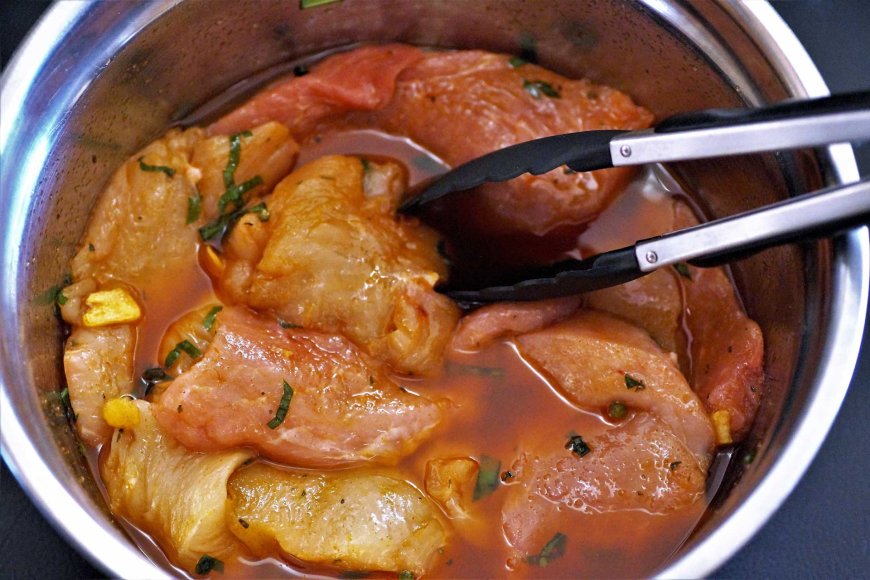
The Key Ingredients: A Harmonious Balance of Flavors
At the heart of adobo lies its simplicity. It’s made with a few basic ingredients that are accessible across the Philippines, but it is the balance of these flavors that makes it special.
- Vinegar: This provides the tangy undertone of adobo. While cane vinegar is commonly used, other variations include coconut vinegar or palm vinegar, depending on the region. The type of vinegar used can drastically alter the flavor profile.
- Soy Sauce: Introduced by Chinese traders, soy sauce adds saltiness and color to the dish. It pairs beautifully with vinegar, creating the signature dark sauce.
- Garlic: No Filipino dish is complete without garlic. In adobo, garlic is fried until golden brown, infusing the oil with its aroma and flavor.
- Bay Leaves: Often overlooked, bay leaves add a subtle depth and fragrance to the dish.
- Peppercorns: These small but mighty ingredients bring a slight heat and earthiness.
This combination of sour, salty, and savory elements is what gives adobo its irresistible flavor. However, there are many variations, with families often adding their own special touches such as sugar, coconut milk, or chili peppers.
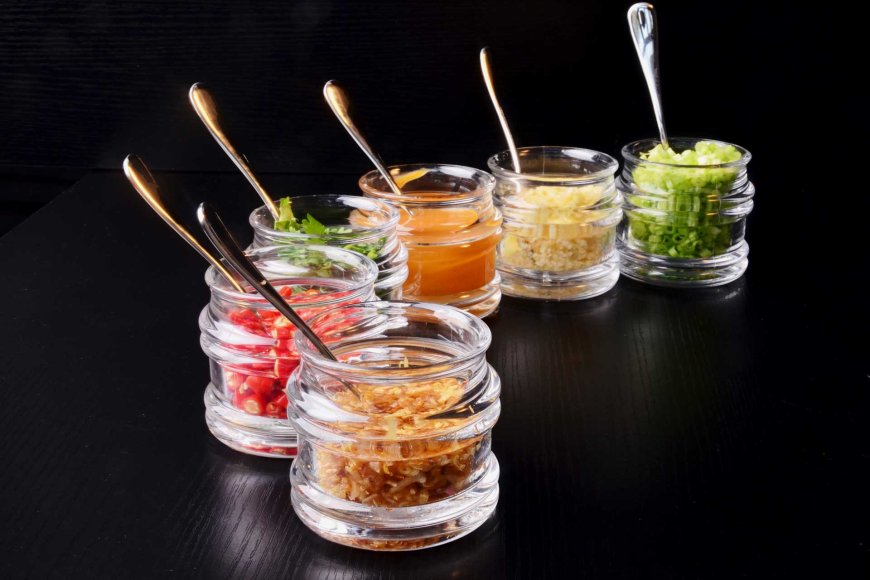
Regional Variations of Adobo
While there is a classic version of adobo, different regions across the Philippines have their own unique takes on the dish. These regional variations showcase the diversity of Filipino culinary traditions.
- Adobo sa Gata (Adobo with Coconut Milk): This version is popular in the Bicol region, known for its love of coconut and spice. Adding coconut milk softens the sharpness of the vinegar, resulting in a creamy, rich sauce.
- Adobong Puti (White Adobo): In this variation, soy sauce is omitted, allowing the vinegar and garlic to stand out. It is considered closer to the pre-colonial version of adobo and is enjoyed in some provinces as a lighter, more refreshing version of the dish.
- Adobong Matamis (Sweet Adobo): Some regions, particularly in the Visayas, add sugar to create a sweet version of adobo. This balances the sourness of the vinegar with a hint of sweetness.
- Adobong Tuyo (Dry Adobo): Instead of a saucy dish, this version is cooked until the liquid evaporates, leaving behind tender pieces of meat coated in a concentrated flavor. It is ideal for long storage or for eating on-the-go.
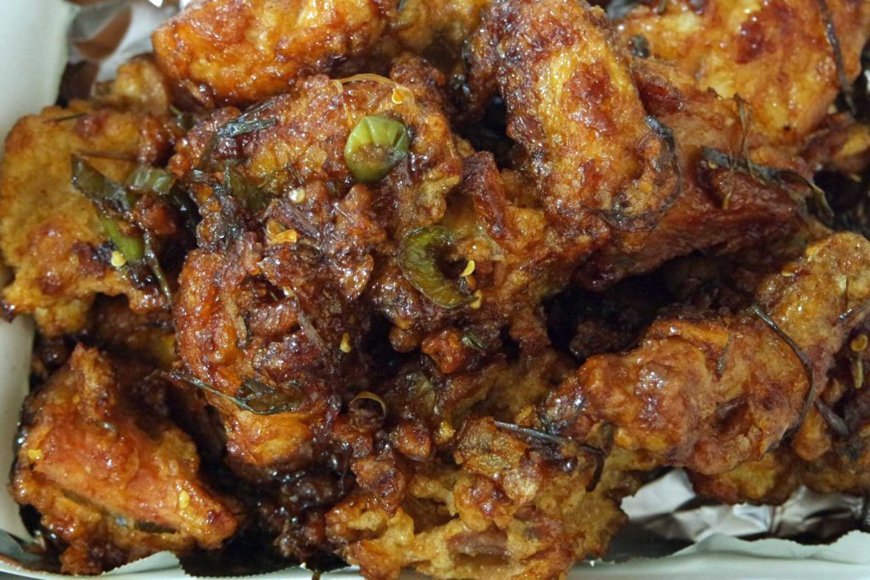
Types of Meat: More Than Just Chicken and Pork
When people think of adobo, the first versions that come to mind are chicken and pork. These are indeed the most popular and widely consumed, but adobo can be made with many different types of meat, and even non-meat ingredients.
- Chicken Adobo: Perhaps the most common, this is a household favorite, where chicken is simmered in the signature adobo sauce.
- Pork Adobo: Pork belly or pork shoulder is often used for this version, which produces a fatty and flavorful dish that pairs perfectly with steamed rice.
- Beef Adobo: Though less common, beef adobo provides a heartier alternative, with a richer, more robust flavor.
- Adobong Pusit: (Squid Adobo): A seafood version of adobo, squid is cooked in its ink along with vinegar and garlic, giving it a unique black sauce and distinct briny taste.
- Vegetarian Adobo: There are vegetarian versions of adobo as well, using water spinach, mushrooms, tofu, or even jackfruit as a substitute for meat.

The Role of Adobo in Filipino Culture
Adobo is more than just a dish—it’s a way of life. It is a staple in Filipino households, often cooked in large batches and eaten over several days. Its longevity (thanks to the vinegar’s preservative properties) makes it an ideal dish to cook once and enjoy many times.
Beyond being a family favorite, adobo is a comfort food that transcends socioeconomic classes. It is equally at home in a roadside eatery as it is in a high-end restaurant. It has become so iconic that Filipinos living abroad often turn to adobo to reconnect with their roots, as the smell and taste can instantly bring back memories of home.
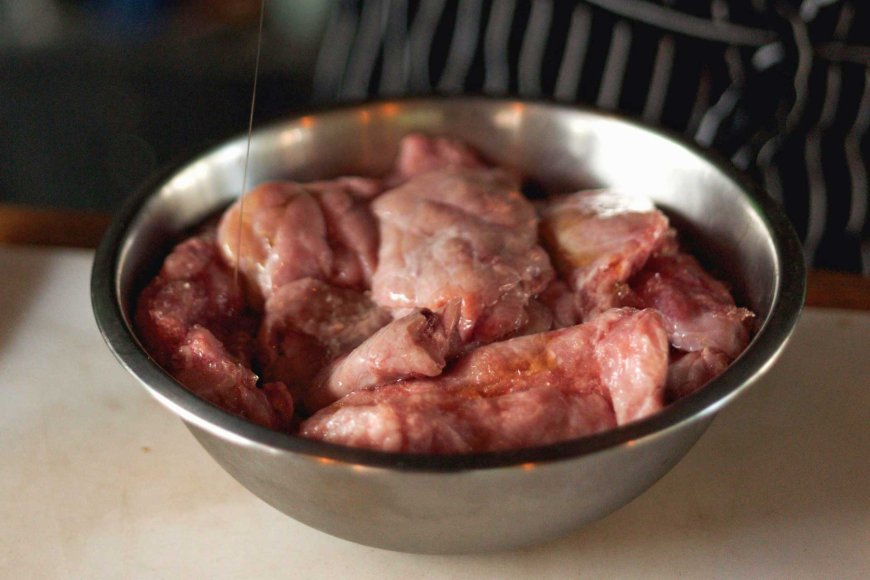
Adobo in the Global Scene
In recent years, Filipino cuisine has gained international recognition, and adobo is leading the charge. From the U.S. to Europe, restaurants are including adobo on their menus, introducing global diners to the unique flavors of the Philippines. Chefs are also experimenting with adobo, creating fusion dishes that combine traditional Filipino ingredients with modern techniques.
Adobo’s adaptability makes it a perfect ambassador of Filipino cuisine. Whether served in its classic form or with a modern twist, it never fails to impress.

A Dish for All Seasons
Adobo is a testament to the ingenuity of Filipino cooking. It is simple yet complex, humble yet sophisticated. Each bite tells a story of tradition, history, and family. Whether you prefer the classic version or a regional variation, one thing is certain—adobo is a dish that will continue to be loved and celebrated for generations to come.
Find Cheap Flight Tickets to any Destinations in Japan and the Philippines
Nipino.com is committed to providing you with accurate and genuine content. Let us know your opinion by clicking HERE.































































